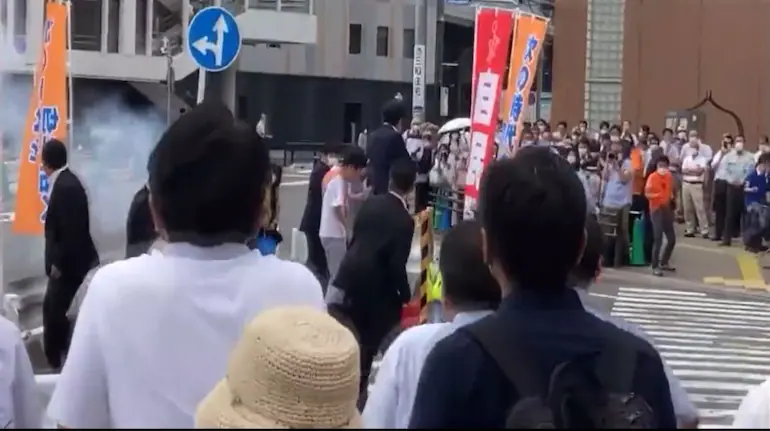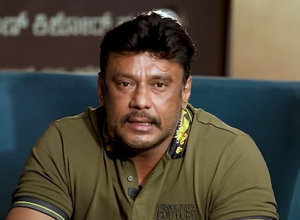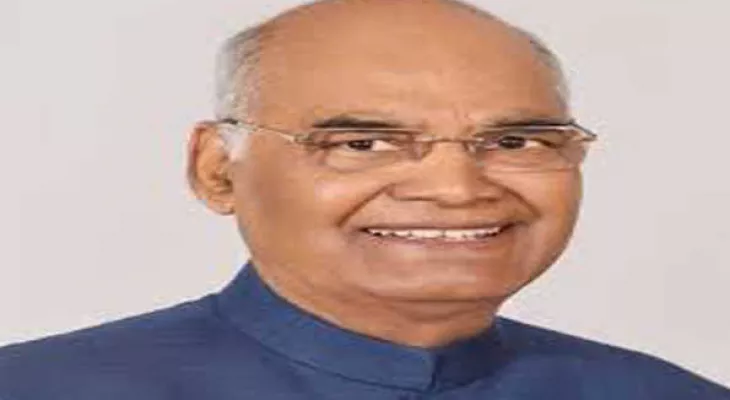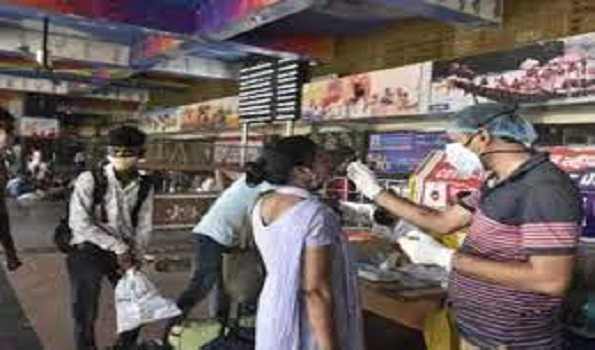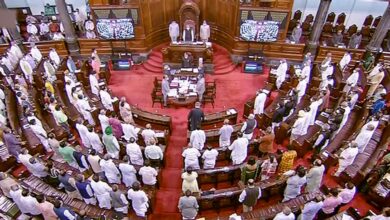Tokyo/New Delhi, July 8: Former Japanese Prime Minister Shinzo Abe collapsed as he was shot from behind while addressing a crowd in Nara prefecture on Friday, said state broadcaster NHK. Within few minutes of the fateful incident, the police has taken the suspect into custody.
The incident took place in near Yamatosaidaiji Station in Nara city while he was making a speech for a Liberal Democratic Party candidate’s election campaign at around 11. 30 a.m. (local time).
Abe, who was immediately flown to a hospital, is in a state of cardiac arrest. AFP reports he is showing no vital signs. Eye witnesses confirmed to the media that he appeared to be bleeding from the chest. The suspected attacker, a man in his forties, has been detained and a gun has been recovered from him, reports say.
The suspect was named by the police as Tetsuya Yamagami, a resident of the central Japanese city of Nara and he didn’t try to flee from the crime-scene after gun-shot. The details were yet to be disclosed about the motivation behind the attack.
According to local media reports, a gunshot was heard on site and Abe was seen fell down bleeding.
Meanwhile, the police confirmed that a man has been taken into custody.
Incidents of gun violence are rare in a peace-loving country like Japan, and a country where handguns are banned.
Prime Ministers, Abe was addressing a gathering for elections to the country’s upper house on this Sunday. He resigned in 2020 after a chronic illness cut short his career at the helm of the government. However, the 67 year old still holds considerable influence in the ruling Liberal Democratic Party (LDP).
The Abe-Modi friendship
Abe’s problems on his home turf did not soil his relations with India, particularly with his “most dependable and valuable friend”, PM Narendra Modi.
When the news of the attack to Abe has rocked the world, with all grief and note of concern Pm Modi tweeted:
Not to to go back to very old times, in the year 2020, when Japan’s Ex-PM Abe stepped down, PM Modi tweeted he was “pained” to hear about the ill health of his “dear friend”. He added that under Abe, “the India-Japan partnership has become deeper and stronger than ever before.”
It is reported that Modi is an admirer of Shinzo Abe and his policies even before he made his journey to 7 Lok Kalyan Marg and the respect was mutual-reciprocal. Abe has called Modi an outstanding leader of his great country.
As Gujarat Chief Minister, Modi had visited Japan several times and made it his first pit stop outside India’s neighbour-hood as Prime Minister in September 2014.
Under Modi and Abe, India-Japan ties were upgraded to “Special Strategic and Global Partnership”. The countries collaborated and cooperated on a wide range of matters from civilian nuclear energy to maritime security, bullet trains to quality infrastructure, Act East policy to Indo-Pacific strategy.
Abe’s visits to India
Writing in an Indian newspaper, Abe had reflected on the long India-Japan ties, noting that it was his grand-father Nobusuke Kishi who was the first Japanese PM to visit India in 1957. “At the time when Japan was not so wealthy, Prime Minister (Jawaharlal) Nehru introduced Prime Minister Kishi in front of thousands of people as the Japanese Prime Minister whom he respects,” Abe noted.
In his first stint as Prime Minister in 2006-07, Abe visited India and addressed Parliament. The first time he visited the country as PM, Abe made the famous “Confluence of the Two Seas” speech which became the benchmark and foundation for Indo-pacific ties.
During his second term, Abe has visited India thrice. In January 2014 on the invitation of then PM Manmohan Singh, and then twice in December 2015 and September 2017 when the relationship with PM Modi was deepened. He was courted equally by the UPA and NDA regime.
During the UPA administration, Abe was the first Japanese PM to attend India’s Republic Day parade as the Chief Guest in 2014.
His subsequent visits to India were surrounded with much fanfare. In 2015, PM Modi and PM Abe flew together to Varanasi to witness the magnificent Ganga Aarti during the latter’s 3-day visit.
In 2017, Abe arrived in Ahmedabad to a grand welcome by his Indian counterpart as he undertook a hectic 2-day visit during which the foundation stone for India’s first bullet train was laid. Abe and his wife Akie Abe were ferried in a grand road show through the capital city of Modi’s home state Gujarat.
In 2018, PM Modi went to Japan to attend the 13th India-Japan annual summit and was hosted by Abe, in warm gesture, at his private holiday home in the picturesque Yamanashi prefecture.
Abe is credited with charting Japan’s economic growth through reforms and policies popularly known as ‘Abenomics’.
